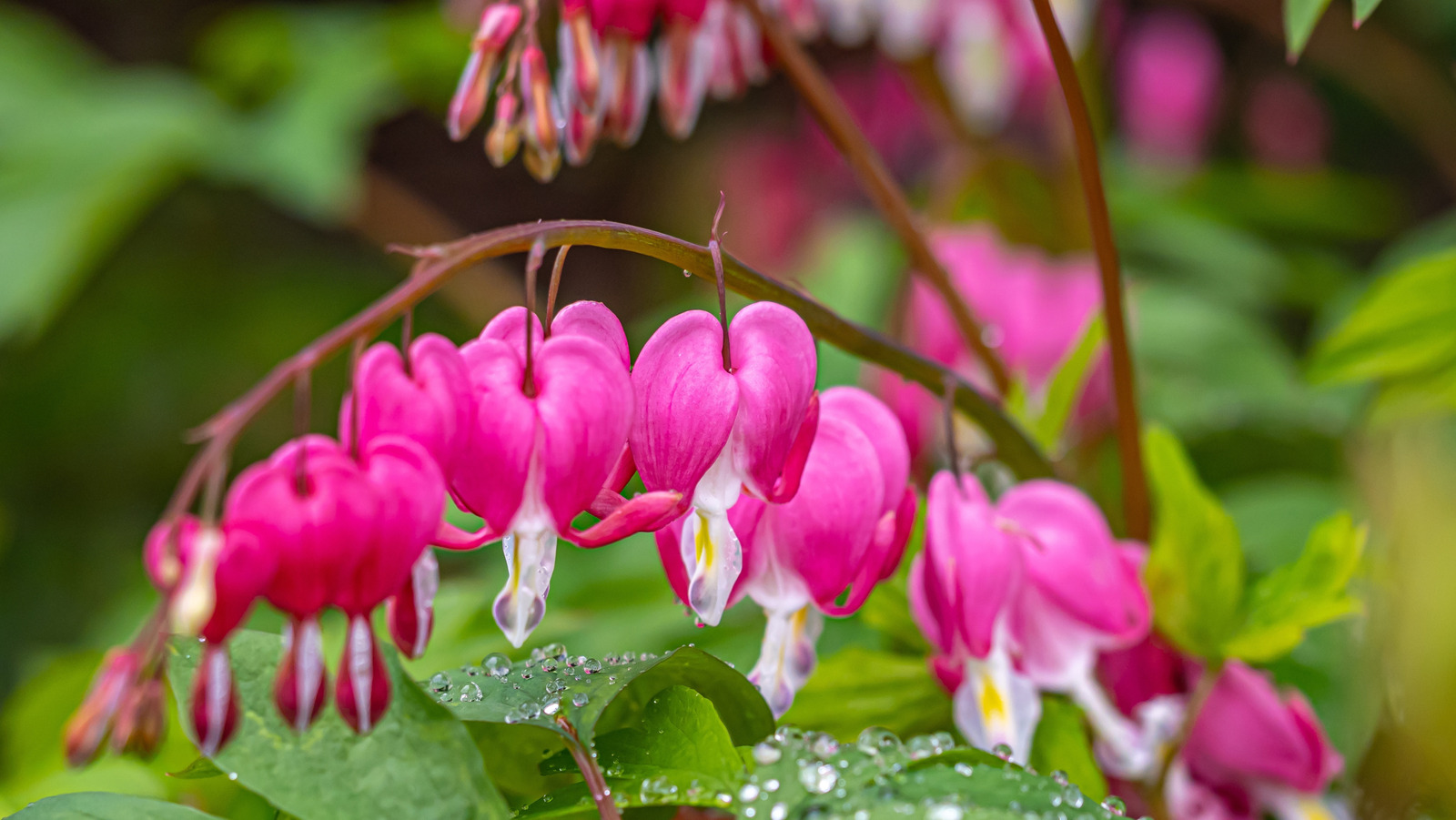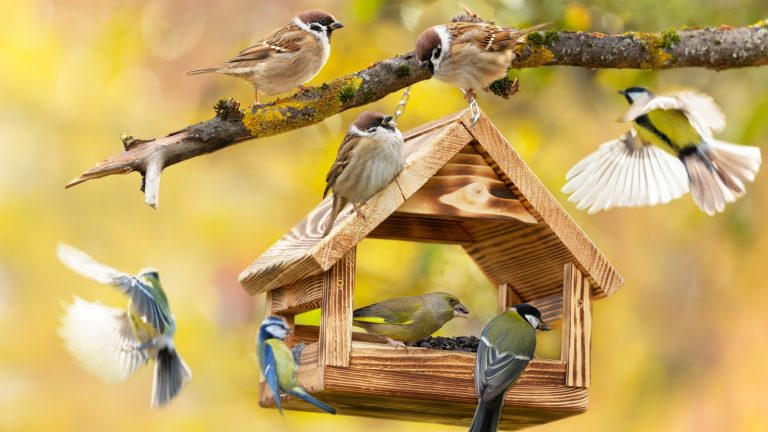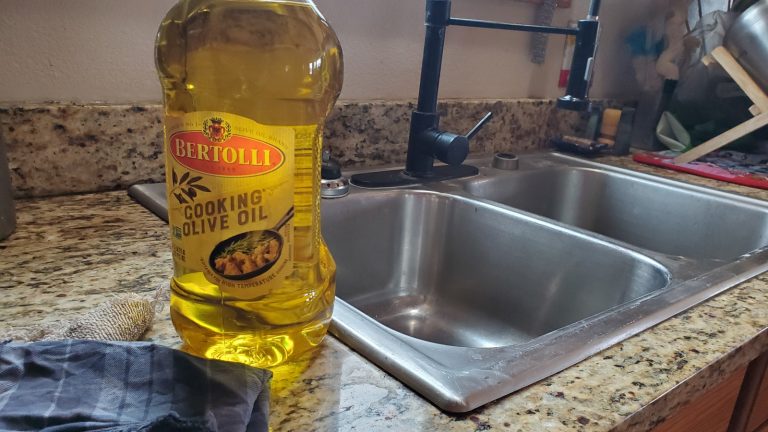
Ah, bleeding heart (Lamprocapnos spectabilis or Dicentra eximia). Those delicate, heart-shaped blooms dangling like tiny, rosy lockets are a flower loved by hummingbirds and have captivated gardeners for generations. But, let’s be real, cultivating these charming perennials isn’t always a walk in the park. While they bring a whimsical touch to shady borders, bleeding hearts are prone to a few quirks that can leave even seasoned green thumbs scratching their heads. From the dreaded summer dormancy that can leave gaping holes in your garden to the ever-present threat of fungal diseases that thrive in damp conditions, successfully caring for bleeding heart plants requires a bit of extra attention.
So, put on your gardening gloves and let’s delve into the nine key problems you need to watch out for to keep your bleeding hearts thriving and blooming beautifully, ensuring they remain the enchanting centerpiece of your shade garden. We’ll cover why each issue happens, how it uniquely affects bleeding hearts, and the easiest way to solve the problem before their bloom season is over.
Poor drainage can create crown rot on bleeding heart plants
Poor drainage can lead to a devastating problem for bleeding hearts: crown rot. Unlike some plants that can tolerate brief periods of waterlogging, bleeding hearts have big, fleshy roots that are vulnerable to fungal diseases that cause rot, which thrive in consistently damp conditions when oxygen is limited. It’s a challenging balance to deal with since bleeding hearts prefer well-draining, yet moist soil, but absolutely abhor sitting in soggy soil caused by heavy, dense dirt or overwatering.
Watch for wilting, yellowing, or browning foliage, especially at the base of the plant; these are early signs of crown rot. If you’re not sure, give the crown a little squeeze and check if it feels soft or mushy. If it does, you need to act quickly to stop the plant from drying. Carefully dig up the affected plant and inspect the roots and crown. If the rot is minor, you can try to cut away the affected areas with a sterile pair of shears, such as the Fiskars Pruning Sheers, and replant in fresh, well-draining soil. In severe cases, the plant may need to be discarded to prevent the spread of disease.
To prevent crown rot, ensure your bleeding hearts are planted in well-draining soil that’s amended with compost or other organic matter. However, keep in mind that organic materials can hold lots of water, so you’ll need to adjust your water routine accordingly. Avoid overwatering and ensure proper spacing between plants to allow for air circulation.
Bleeding hearts are susceptible to multiple fungal infections that cause wilt
Wilting in bleeding hearts isn’t always a sign of thirst; it can also be a warning that there’s a fungal stowaway taking hold. Unlike general wilting from dry conditions, fungal wilting is often sudden and localized, affecting parts of the plant, while others remain seemingly healthy. Bleeding hearts, with their delicate foliage and preference for moist environments, are particularly susceptible to various fungal diseases, such as Verticillium wilt and Fusarium wilt. These fungi disrupt the plant’s vascular system, preventing water and nutrients from reaching the leaves and stems. Normally, bleeding hearts have few disease or pest issues, but this specific vulnerability is due to the plant’s susceptibility to soil-borne pathogens when stressed or planted in poorly-draining soil.
Keep an eye out for rapid wilting, even when the soil is moist, and look for any discoloration or browning of the stems. If you suspect a fungal infection, carefully inspect the roots for signs of rot or discoloration. Remove any affected foliage or stems immediately with a sterile set of shears to prevent the fungus from spreading. Also, consider thinning out the garden space a little to improve air circulation around the plant, as this will help prevent fungal infections from taking over the whole. If the infection is severe, consider using a fungicide and follow the manufacturer’s instructions carefully, since fungi can be hard to eradicate and may need multiple treatments. Ensure your bleeding hearts are planted in well-draining soil and avoid overwatering to minimize the risk of fungal infections. If possible, you may also want to rotate planting locations every few years, as some fungal pathogens can stay in the soil for multiple years.
Missed winter dormancy time can prevent bleeding hearts from coming back happy and healthy
Bleeding hearts require a period of winter dormancy to thrive, and missing their naps can make them more than grumpy — it can have disastrous side effects. Unlike some plants that can tolerate mild winters without settling in, bleeding hearts rely on a period of cold temperatures to trigger essential physiological processes for spring growth, like vernalization and carbohydrate conversion. It also helps improve their hardiness, so if they don’t get this cold period, they may exhibit weak growth, reduced blooming, or even fail to emerge in spring. This sensitivity to chill hours is unique to plants like the bleeding heart, as they have evolved to synchronize their growth cycle with seasonal temperature changes. In warmer climates or without proper winter protection, this crucial dormancy period can be disrupted, leading to a weakened plant that’s more susceptible to other stresses and diseases.
Signs of missed winter dormancy might include delayed or stunted growth in spring, fewer blooms, or an overall weakened appearance. To ensure proper care during winter dormancy, allow the foliage to die back naturally in fall and provide a layer of mulch for insulation in colder climates. If you live in a warmer climate, consider planting bleeding hearts in a location that receives some winter chill, or you can even try chilling the roots in the refrigerator for a few weeks before planting. Avoid overly warm winter protection, which can prevent the plant from experiencing the necessary cold. If you suspect your bleeding heart missed its dormancy period, be patient; the plant may recover during the next season, as long as it’s given proper care, like adequate watering and shade.
Slugs feeding on bleeding heart leaves can stress the plant and mess with new growth
Slugs can turn those delicate bleeding heart leaves into a buffet, leaving behind holes and ragged edges that make it harder for the bleeding heart to thrive. Unlike some plants with tougher foliage, bleeding hearts have tender leaves that are particularly appealing to these slimy pests. This is a problem, because slug damage can quickly disfigure the plant, detracting from its ornamental value while weakening the plant, making it more susceptible to diseases. Both bleeding hearts and slugs need shady, moist environments, unfortunately creating a perfect storm where the plant’s ideal growing conditions directly contribute to its susceptibility to slug damage.
Look for telltale signs of slug damage like irregular holes in the leaves or silvery slime trails. If you find an infestation, successfully getting rid of slugs in the garden will require a few steps. First, start fighting it by first removing any debris or weeds that could be housing slugs. After that, try using natural deterrents like diatomaceous earth (HARRIS Diatomaceous Earth) or copper tape (Kirecoo Copper Tape) around the plants, though some are dubious on copper’s effectiveness. You can also create slug traps using beer or yeast mixtures. Handpicking slugs in the evening or early morning, when they are most active, can also be effective, but encouraging natural predators like birds and frogs can work even better, so make your shade garden as attractive to beneficial insects and birds as possible. If infestations are severe, consider using slug bait, but choose options that are safe for pets and wildlife.
Aphids absolutely love bleeding heart foliage and can wreak havoc on the plant
Aphids, those tiny sap-sucking insects, can wreak havoc on bleeding hearts, especially during periods of rapid growth. Unlike some plants that have natural defenses against these pests, bleeding hearts’ tender foliage and new growth are unfortunately things that aphids find particularly tasty. This is problematic on delicate plants like bleeding hearts because heavy aphid infestations can stunt growth, cause leaves to curl and distort, and transmit plant diseases. Then there is the honeydew they secrete, which can lead to sooty mold.
Watch for clusters of small insects, often green, yellow, or black, on the undersides of leaves and new growth. Also, touch the foliage with gloved hands occasionally to feel for sticky honeydew, which can attract ants. To combat aphids, try spraying the plants with a strong jet of water to dislodge them and introduce natural predators like ladybugs and lacewings to your garden. Insecticidal soap, such as Garden Safe Insecticidal Soap, or neem oil can also be effective, but be sure to follow the manufacturer’s instructions carefully so that you don’t end up damaging the plant. Regularly inspect your plants, especially during spring and early summer, to catch infestations early and avoid over-fertilizing, as this can encourage excessive new growth that attracts aphids.
Brown or black spots on bleeding heart leaves are most likely a sign of fungal leaf spot disease
Unlike some plants with thicker, more resistant foliage, bleeding hearts’ delicate fern-like foliage are prone to fungal leaf spot diseases and common garden molds, especially in humid or damp conditions. These infections are caused by various fungi that thrive in moist environments and create brown or black discolored lesions on the foliage, not only detracting from the plant’s beauty, but also weakening it and potentially leading to premature dormancy. The specific vulnerability of bleeding hearts to leaf spot diseases is due to their preference for shady, moist environments, which unfortunately create ideal conditions for fungal growth.
Keep a close eye out for small, dark spots on the leaves that may be surrounded by a yellow halo or have a raised, textured appearance and expand or merge over time. To manage leaf spot diseases, make sure to use clean, sterilized tools and remove and destroy any affected leaves to prevent the spread of the fungus, then clean your tools again and let them dry before reusing on other plants. Ensure good air circulation around the plant by spacing them about 12 to 36 inches apart. Water at the base of the plant to avoid wetting the foliage, and water in the morning to allow any moisture that hit leaves to evaporate quickly. If the problem persists, consider using a fungicide specifically labeled for leaf spot diseases and stay vigilant; fungal diseases may take multiple treatments before they’re eradicated.
Going prematurely dormant in the summer can cause your bleeding heart to vanish
Bleeding hearts are programmed to have a natural summer siesta cycle, but sometimes they decide to take it way too early when heat and drought hit hard. Unlike other shade-loving plants that might just look a little droopy, bleeding hearts have a unique response: They vanish. This premature departure creates bare patches and cuts their blooming season short, which is a real disappointment when you’re counting on their charming flowers. Their specific reaction to stress, where they completely retreat rather than just slowing down, makes them particularly susceptible to early dieback when conditions get tough.
Keep a close eye on your bleeding hearts for wilting or yellowing leaves, even in spring; that’s a telltale sign they’re stressed and might be heading for an early nap. Consistent, deep watering — especially during hot, dry spells — is crucial for keeping them happy. Some recommend cutting back bleeding hearts to help prevent early dormancy and to keep the plant big and bushy. A layer of mulch around the base helps retain moisture and regulate soil temperature. If they do decide to take an early break, don’t overwater; just maintain a steady moisture level. Consider providing extra shade during the hottest part of the day to help them cope with the heat.
Some gardeners feel that bleeding heart stems need support to give the full show
First, let’s emphasize that not all gardeners agree on this issue, so if you prefer a little more of an organic look, skip this. For those who want the full show from those elegant, arching stems, stuffed with delicate blooms, you should know that they can sometimes collapse, leaving your bleeding hearts looking rather disheveled. Unlike plants with sturdier stems, bleeding hearts — especially Lamprocapnos spectabilis with its 3 foot tall stems — are prone to flopping over, particularly when they reach their full height and bloom, which can be accelerated after rain or heavy watering.
Signs of stem collapse are obvious: Stems leaning or lying on the ground, especially after rain or watering. To stop your bleeding heart from toppling over, add a few supports, stakes, or grow them alongside sturdier companion plants that can offer support. Plant them in a location that is sheltered from strong winds, as these can exacerbate the problem and avoid over-fertilizing, as this can encourage excessive growth that weakens stems. You can also trim back stems so that the plant develops a bushier look, which may help support the stems better than a wiry, leggy plant would.
Bleeding heart plants can cause contact dermatitis or worse
While beautiful, bleeding hearts have a secret irritant that can cause contact dermatitis in humans or pets with sensitive skin. Unlike some plants with obvious irritants like stinging nettles, bleeding hearts contain isoquinoline alkaloids, which they use as a defense mechanism. Unfortunately, your plant won’t know you’re trying to help instead of hurting it and its sap can cause some people to develop rashes, itching, or redness, especially those with pre-existing skin sensitivities. For others, it can cause severe reactions like vomiting and trouble breathing. Bleeding heart plants have irritants present throughout the plant, including the sap, roots, and leaves, making it difficult to do your plant chores, especially when you’re in the middle of a full blown reaction.
Symptoms of contact dermatitis may include redness, itching, burning, or blistering of the skin after handling the plant. To prevent this, always wear gloves when working with bleeding hearts, especially if you have sensitive skin. Avoid rubbing your eyes or face after touching the plant. If you experience a reaction, wash the affected area with soap and water immediately. In severe cases, consult a doctor or dermatologist. Also, be sure to educate any children who might play around the garden and consider fencing off the area to keep your pets safe, too.






